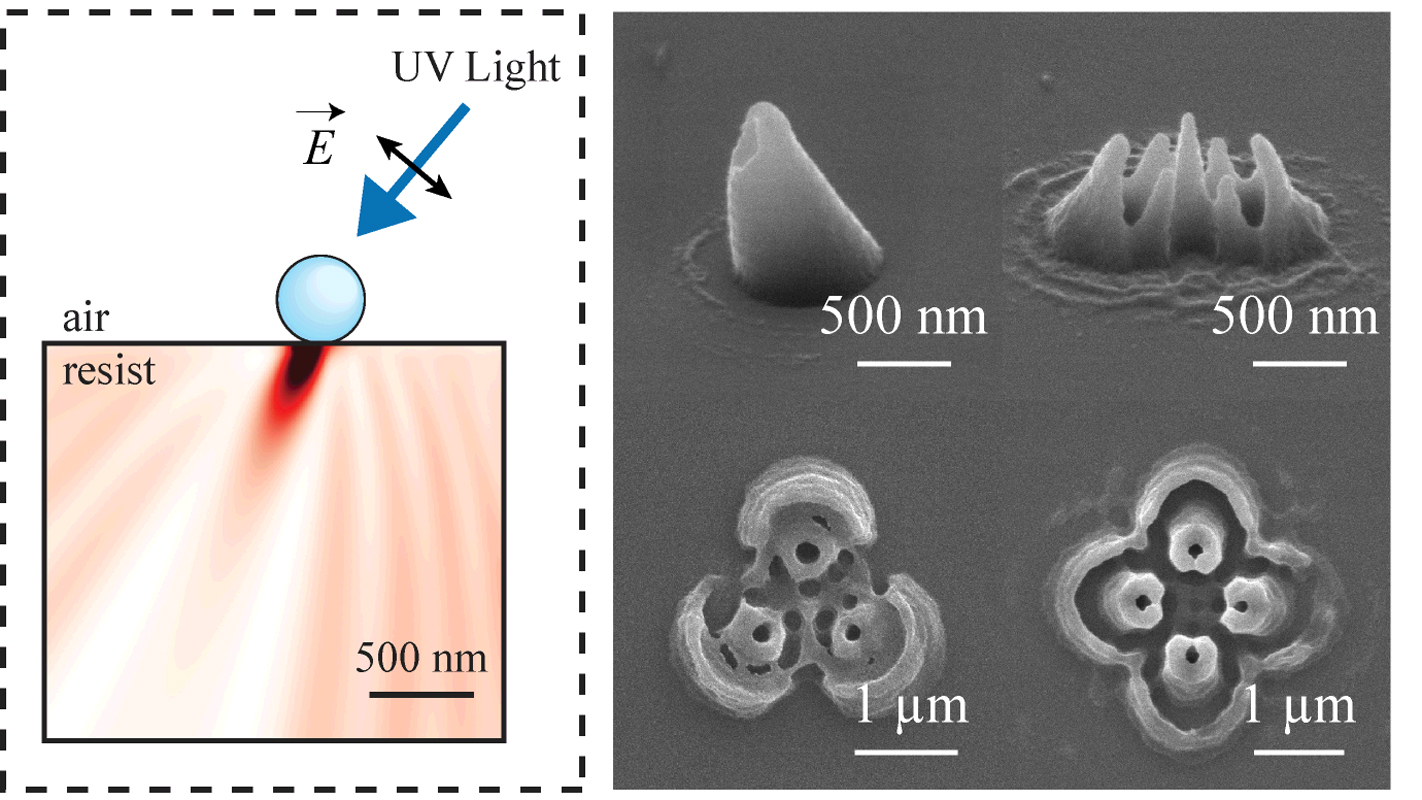nanotechnology

Nanoparticle Allows Low-Cost Creation of 3-D Nanostructures

Nutrition, Safety Key To Consumer Acceptance of Nanotech, Genetic Modification In Foods
Researchers Find New Way to Move Atomically Thin Semiconductors for Use in Extremely Flexible Devices
